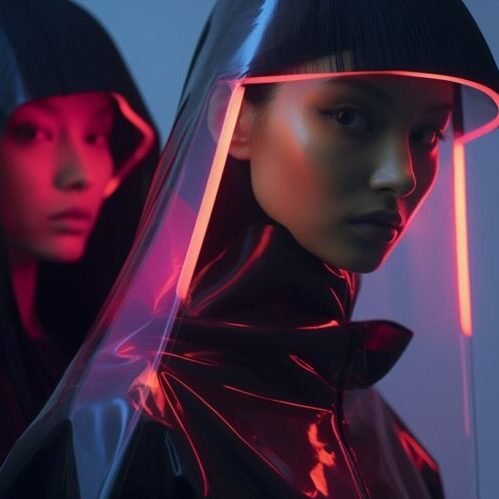work collection
H&M group
Founded in 1947, H&M Group is a global design company with \~4,702 stores in 76 markets and 56 online markets. H&M Group believes in making great design available to everyone. The family of brands and business ventures offers customers around the world a wealth of fashion, beauty, accessories and homeware, as well as modern menus with fresh and local produce at some of the brands’ in-store eateries.
Vision
H&M's vision is to connect its brands on a personal level, encouraging their customers to explore their own style
the process
- Research Project Kick Off: The Research Project only start after the plan is approved.
- Research Execution: «Research Goals» and «Areas to Explore» on the Research Plan will be detailed and discussed.
- Research Analysis
- Presentation to the Requester
- Working with Insights
RESEARCH BRIEFING
Background
Brand authority across all brands is relatively low, with the exception of H&M. Users exhibit reluctance to create accounts due to uncertainty regarding their likelihood of returning. Moreover, the value propositions of many brands remain ambiguous, further hindering user engagement. Compounding these challenges is the presence of significant technical debt, impeding the feasibility of implementing new solutions and inhibiting future iterations. Addressing these issues comprehensively is imperative for enhancing brand perception, fostering user trust, and enabling innovation within the platform.
Our team collaborated with all six H&M brands — COS, Arket, & Stories, Weekday, and Monki — in a comprehensive effort. Our objective was to uncover unmet user needs and devise an MVP solution applicable across all business segments.
To initiate the process, we embarked on a meticulous discovery phase. This involved delving into the problem space, framing the identified challenges, and meticulously gathering evidence and insights to inform our subsequent actions. By meticulously laying this groundwork, we ensured that our approach was rooted in a thorough understanding of the issues at hand and poised for effective problem-solving and solution development.
Research objective
To provide a personalized experience, it’s essential to collect ample data about our customers to grasp their motivations, preferences, and behaviors thoroughly. Initially, we encountered a low percentage of logged-in users, indicative of a barrier to engagement. Additionally, there was a notable deficiency in returning users, suggesting a lack of sustained interest. These findings underscored a disconnection between our centralized business vision and the multinational scope of our operations spanning over thirty countries. Rectifying this misalignment is paramount to fostering a customer-centric approach that resonates across diverse markets and drives sustained user engagement.
Plan of action
Exploratory research
- State a clear problem definition
- Benchmark current solutions
- Define a value proposition
- Define priorities and critical features
Evaluative research
- In-depth interviews
- Surveys
- Usability test
- A/B testing
- Quantitative data
- Session recording
- Heatmaps
limitations
Our team worked with all six H&M brands — COS, Arket, & Stories, Weekday and Monki —. Our goal was to discover unmet user needs and design an MVP solution that would work across all business segments in short amount of time.
Target sample
- Fashion Aspirers
- Regular customers
timeline
takeaways
As the initial step of our strategic plan, we introduced the «Favorites» feature across all brands, a scalable and user-friendly solution aimed at delighting our users. The objective of this MVP was to provide valuable functionality to our customers, encouraging them to revisit the site and engage by creating an account.
The «Favorites» feature offers:
- A convenient tool enabling users to effortlessly remember and access items of interest.
- Minimal commitment compared to shopping bags, fostering browsing without immediate purchase pressure.
- User-friendly design aligned with user expectations, facilitating effortless product management and access.
In addition to launching the feature, we implemented complementary marketing journeys to enhance the overall user experience.
Following the successful implementation of the «Favorites» feature across all brands, we introduced «Notify Me Back,» utilizing subtle visual or verbal cues to prompt users to recall specific information, thereby influencing their responses and enhancing engagement.




